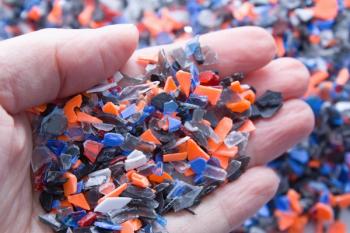
News|Articles|February 1, 2024
Spectroscopy in Agriculture: An Interview with Dmitry Kurouski
Author(s)Patrick Lavery
Dmitry Kurouski of Texas A&M University speaks to Spectroscopy Editor Patrick Lavery about Raman spectroscopy's role in determining crop yield of key food items as the world population continues to increase.
Advertisement
Reference
(1) Farber, C.; Kurouski, D. Raman Spectroscopy and Machine Learning for Agricultural Applications: Chemometric Assessment of Spectroscopic Signatures of Plants as the Essential Step Toward Digital Farming. Front. Plant. Sci. 2022, 13, 887511. DOI:
Newsletter
Get essential updates on the latest spectroscopy technologies, regulatory standards, and best practices—subscribe today to Spectroscopy.
Advertisement
Advertisement
Advertisement
Trending on Spectroscopy Online
1
Deep Learning Meets Spectroscopy to Transform Plastic Recycling Accuracy
2
Developing LIBS for Molten Salt Reactor Monitoring
3
Previewing a Talk on Glow Discharge Optical Emission Spectroscopy
4
Ep. 42: Did You Look at the Raw Data?
5




